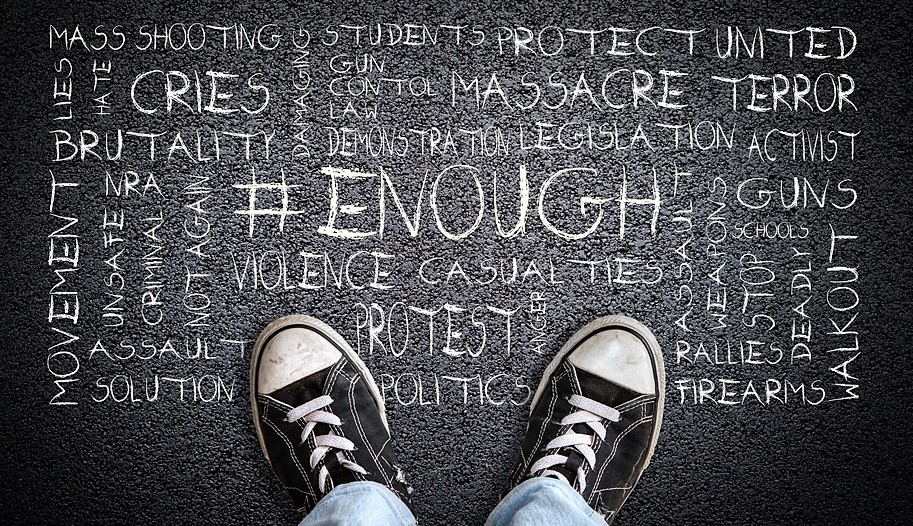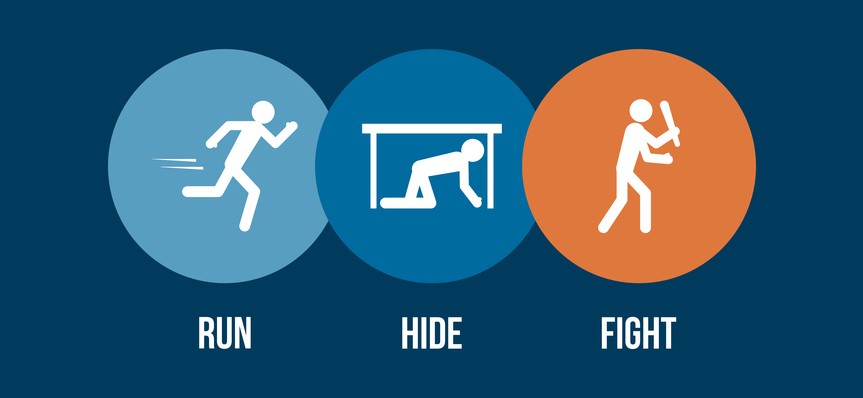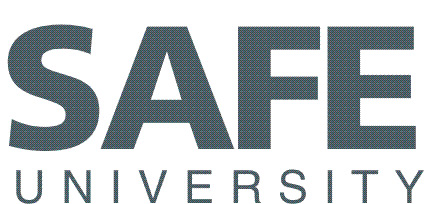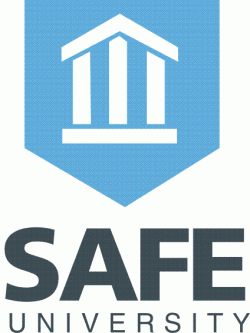Conscientious and well-informed university personnel know that adequate staffing, multi-disciplinary involvement, sufficient resources, appropriate policies, and external support make these incidents less likely to occur—and make leaders more prepared if they do. Safe University (Safe U) partners with you to supplement and enhance your existing security programs by tailoring best practices to your unique situation and campus culture
Be True to Your School: Keep It Safe and Secure.
With school starting this week in the city of Chicago, I was interviewed by Fox 32 Chicago about school security as school shootings have become part of our society as demonstrated by tragic incidents in Florida and Texas earlier this year. Some school shooters have posted material on social media websites such as Facebook, YouTube, and Instagram that in retrospect warned of trouble. Behavioral health professionals working with law enforcement, school administration, teachers, parents, and counselors can collectively assess, manage, and help individuals exhibiting signs that indicate a potential path to violence.
Since emergency events can happen anywhere, we need to be prepared to protect our schools against any type of nefarious incident, whether intentional like an armed assailant, accidental like a power loss, or natural like a weather event such as a tornado, hurricane, or snowstorm. And since most emergency plans rarely cover everything that might be required for an incident, the plan needs to be adaptable to circumstances, innovative, and, when necessary, improvisational.
Back to School
When it comes to protecting your school, now is the perfect time to evaluate and compare your policies, procedures, personnel, physical measures, technology, and training against industry best practice standards in security, safety, emergency preparedness, incident response, compliance, and legal requirements. A campus-wide security assessment can identify your current assets, staffing, and resources so that you will know if you are prepared for any emergency you might have to face.
You should also evaluate your technical security solutions to determine their effectiveness, such as closed-circuit video surveillance equipment, exterior and perimeter security systems, electronic access control systems, automated alerts, and information-sharing capabilities. Understanding your security capabilities can determine if adequate measures are in place for protection, safety, and security, if they are functioning properly, and if your staff is trained properly to operate these technologies.
Teach Your Children Well
Teaching in an academic environment is not limited to reading, writing, and arithmetic. Education in security includes awareness and education materials, as well as training initiatives to develop a multimedia approach that best meets your institutional needs. Emergency preparedness, fire prevention, and active shooter drills, among many areas, are examples of training specifically designed to enhance security and safety at your school.
All departments involved in daily school activities should work closely together to provide guidance and training in the areas considered sensitive to the well-being of students whether on- or off-campus. You can also offer presentations on subject matters such as social media etiquette, toxic relationship warning signs, and sexual assault prevention to students, teachers, staff, and parents.
Move to the Head of the Class
There is no singular solution to preventing school violence. An armed security officer and metal detectors are strong countermeasures that offer mitigation; however, other practices and procedures need to work in concert for your overall security program to be holistic. You’ll feel poised to handle threats to your school when you feel confident in your security. And you’ll feel confident in your security when you work with a security professional who can help you determine where you’re meeting industry best practices in securing campuses—and where you can enhance your current environment to reach a higher level of safety.
After you evaluate and modify your safety and security policies, processes, programs and systems, you can roll out changes immediately. Don’t wait until an incident occurs to start. You can schedule an orientation for your constituents—students, employees, contractors, visitors, and parents—and include police, fire, and other external stakeholders so you can work together and everyone understands his or her role in an emergency.
You Never Stop Learning
Training is a perishable skill and you need to keep educating yourself to stay up-to-date with emerging threat scenarios as well as the most current and innovative measures to counter these dangers. Training enables you to become familiar with individual and collective responsibilities in preventing and responding to an emergency. No single person is able to memorize every step necessary to take during a crisis; however, education, awareness, and recurring training will prepare you—mentally and physically—to respond quickly and decisively. Since most of us act—and react—differently in emergencies than under normal circumstances, training conditions people through simulated high-stress events to learn the appropriate response based on the nature of the incident.
In the event some type of incident, emergency, or other activity occurs that requires outside assistance, subject matter expertise in crisis management can provide counsel to your leaders and decision-makers for the duration of the incident. Experienced security consultants can participate as trusted advisors or active contributors, working closely with all parties including law enforcement, public relations, judiciary, media, and select stakeholders. This support ranges from preemptive to reactive, and your response can be tailored to the incident so that your programs, policies, procedures and partners will all work together to create a safer school.
We’re Here to Help
G. Michael Verden, founder and CEO of The Lake Forest Group (www.lakeforestgroup.com), is a former police officer, Director of Security for the NBA, and retired Secret Service agent with 21 years of experience protecting the President and First Lady as well as large scale events like the Super Bowl, Olympics, Inauguration, and national conventions.









 When the safety of your people is one of your top priorities and your college’s reputation is one of your most valuable assets, you’ll do whatever it takes to provide a safe environment for your students, staff, and visitors. High profile incidents such as mass shootings and sexual attacks at several universities have put the topic of campus crime in the public eye today more than ever before.
When the safety of your people is one of your top priorities and your college’s reputation is one of your most valuable assets, you’ll do whatever it takes to provide a safe environment for your students, staff, and visitors. High profile incidents such as mass shootings and sexual attacks at several universities have put the topic of campus crime in the public eye today more than ever before.